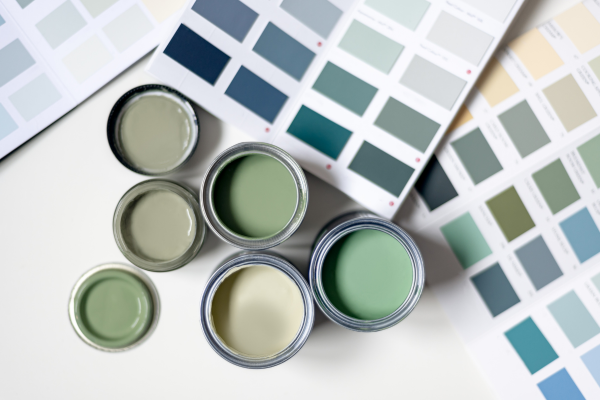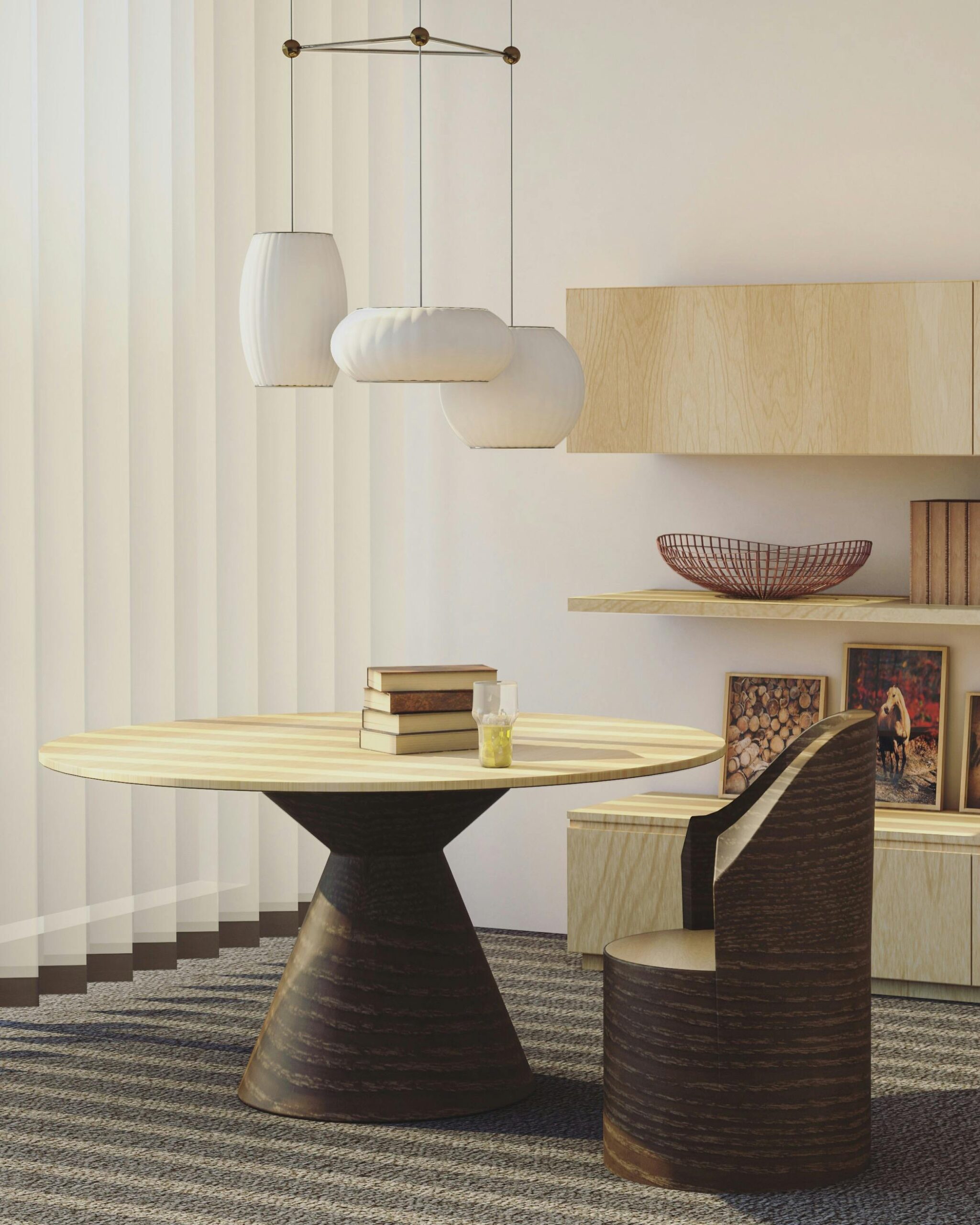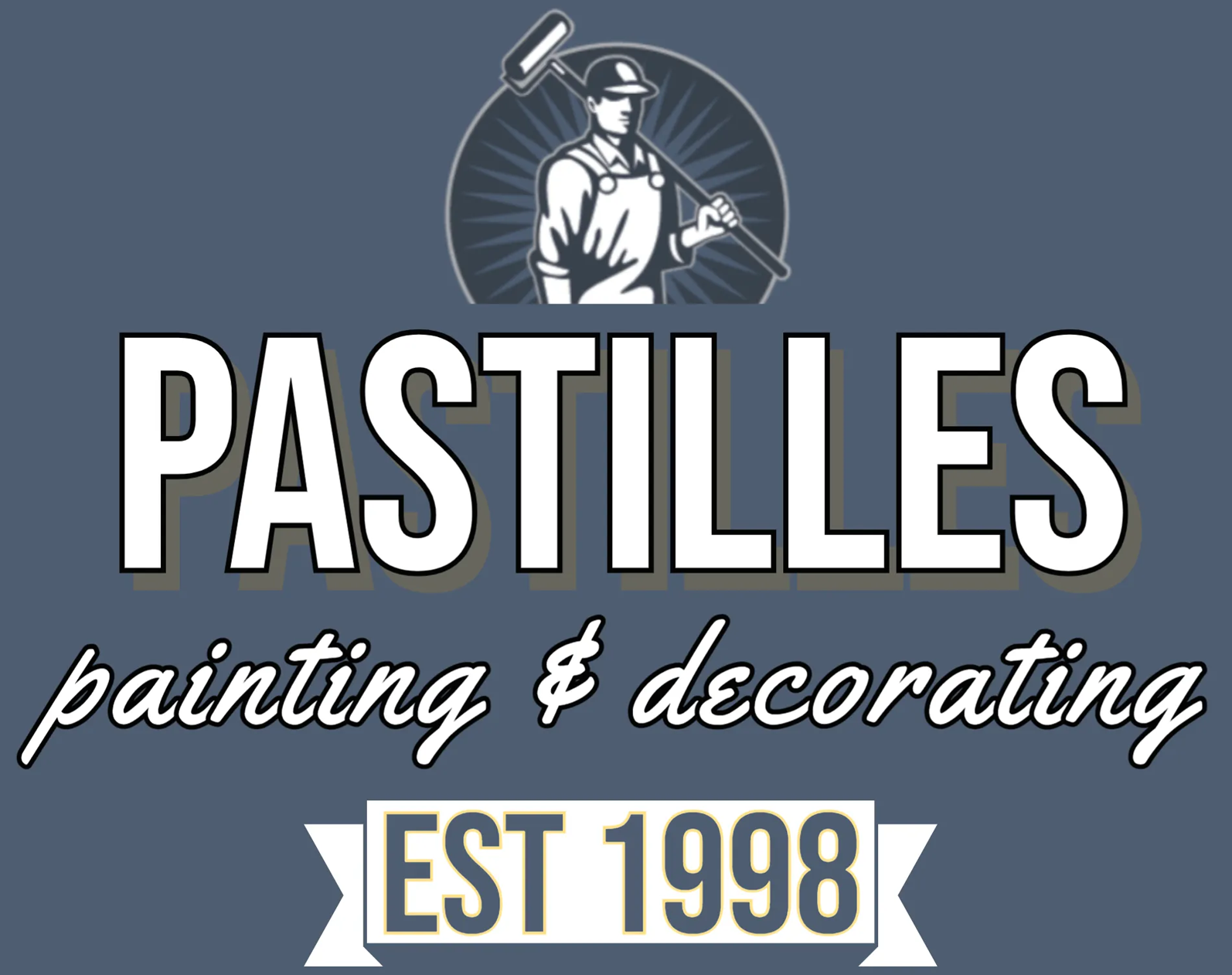Decorating your Surrey home can be an exciting project. One of the most important steps in this process is choosing the right colours. The colours you pick can change the way a room looks and feels. They can make a small room look bigger or a large room feel cosier. They can even affect your mood! In this article, we will help you understand how to choose the perfect colours for your home in Surrey.
Choosing the right colours is more than just picking your favourite shade. It involves understanding how different colours work together and how they can influence the atmosphere of a room and achieve the best decoration potential of your home. Whether you want to create a calm and relaxing bedroom or a bright and energetic kitchen, the colours you choose will play a big role.
In this guide, we will walk you through the basics of colour theory, how to choose a colour scheme, and what to consider for different rooms. We will also share some tips and tricks to help you test and select the best colours for your home. By the end of this article, you’ll have the knowledge and confidence to make the best colour choices for decorating your Surrey home.
The Colour Basics
Before you start decorating, it helps to know a little about colours. There are three main types of colours: primary, secondary, and tertiary. Understanding these basics will give you a solid foundation for choosing the right colours for your home.
Primary Colours: These are the basic colours that cannot be made by mixing other colours together. The primary colours are red, blue, and yellow. They are the starting point for creating all other colours.
Secondary Colours: These are made by mixing two primary colours. For example, when you mix red and blue, you get purple. When you mix blue and yellow, you get green. And when you mix red and yellow, you get orange. These colours are found between the primary colours on the colour wheel.
Tertiary Colours: These are made by mixing a primary colour with a secondary colour. Examples include red-orange, blue-green, and yellow-green. These colours create more variety and can add depth to your colour scheme.
Colour Wheel: The colour wheel is a useful tool for understanding how colours relate to each other. Colours that are next to each other on the wheel, like blue and green, are called analogous colours and usually look nice together. Colours that are opposite each other, like red and green, are called complementary colours and make each other stand out.
Warm and Cool Colours: Warm colours, like red, orange, and yellow, can make a room feel cosy and inviting. Cool colours, like blue, green, and purple, can make a room feel calm and relaxing. Understanding the temperature of colours can help you choose the right mood for each room in your home.
Neutrals: Neutrals like white, grey, and beige are versatile and can be paired with any other colour. They are often used as a base colour or background to help brighter colours stand out.

Choosing a Colour Scheme
A colour scheme is a plan for which colours you will use in a room. Picking the right colour scheme can make a big difference in how your room looks and feels. Here are some tips to help you choose the perfect colour scheme for decorating your Surrey home.
Monochromatic: This scheme uses different shades of the same colour. It’s simple and can make a room look very put together. For example, if you choose blue, you could use light blue on the walls, a medium blue for the furniture, and dark blue for the accents. This creates a harmonious and elegant look.
Analogous: This scheme uses colours that are next to each other on the colour wheel, like blue and green. These colours usually look nice together because they are similar. An analogous scheme can create a relaxed and comfortable feel. For instance, you could pair a soft green with a calming blue to create a peaceful bedroom.
Complementary: This scheme uses colours that are opposite each other on the colour wheel, like red and green. These colours make each other stand out and can create a vibrant and energetic look. A complementary scheme is great for spaces where you want to make a bold statement, like a living room or a dining room.
Triadic: This scheme uses three colours that are evenly spaced around the colour wheel, like red, blue, and yellow. This creates a balanced and colourful look. A triadic scheme can add a playful and lively feel to any room. For example, you could use one colour for the walls, another for the furniture, and the third for accents.
Split-Complementary: This scheme is similar to the complementary scheme but uses the two colours next to the complement. For example, instead of using red and green, you could use red, blue-green, and yellow-green. This scheme provides high contrast like the complementary scheme but is more subtle and less intense.
Tetradic (Double-Complementary): This scheme uses two pairs of complementary colours. For example, you could use red and green with blue and orange. This creates a rich and vibrant look but can be tricky to balance. It’s best to choose one dominant colour and use the others as accents.







